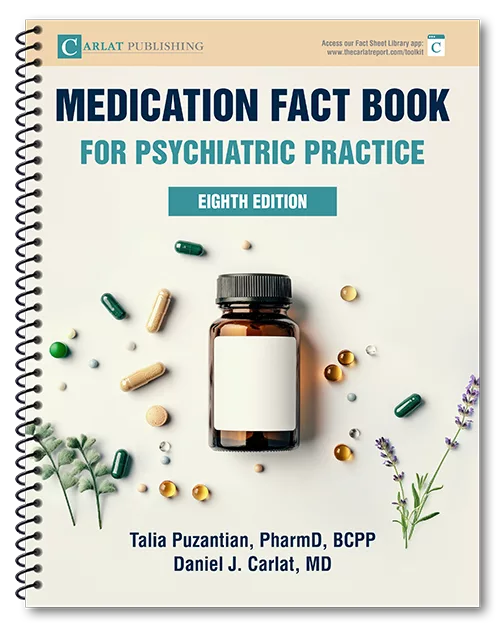Home » Six Critical Mistakes to Avoid When Treating Survivors of Intimate Partner Violence
Six Critical Mistakes to Avoid When Treating Survivors of Intimate Partner Violence
Therapy needs to be tailored to the issues, the patient, and the risk factors in her environment. This is especially true in domestic violence, where our urge to spirit a battered woman away from her partner may feel like a good idea to us, but not reflect a client’s best interests, and could even endanger her. Here are six recommendations that will enable you to avoid the serious, and sometimes fatal, mistakes clinicians make when treating domestic violence and intimate partner violence (IPV).
-
Don’t expect the client to bring up the subject or volunteer information. Identifying IPV can be hard because survivors may try to hide their predicament out of shame, fear of retribution from the offender, love of the perpetrator, or other reasons. Therefore, you need to:
- Pick up on red flags, such as frequent calls from your client’s partner to cancel appointments, or injuries for which your client offers vague, unrealistic, or inconsistent explanations—and then proactively screen for IPV.
- Use framing statements, such as, “Since domestic violence is so common, I always ask my clients…” or “Nowadays, I routinely talk about…” These statements provide a context that makes it easier for a client to acknowledge a problem. Remember, it is your responsibility to create an environment and a supportive relationship that enable the client to feel safe enough to talk.
- Follow framing statements with behaviorally specific questions, such as, “Has your partner ever hurt you physically?”
- If a client takes offense at a question, say, “I’m sorry. I often see people in this sort of situation, and they are usually afraid or embarrassed to tell me what is going on, unless I ask.”
- Pick up on red flags, such as frequent calls from your client’s partner to cancel appointments, or injuries for which your client offers vague, unrealistic, or inconsistent explanations—and then proactively screen for IPV.
-
Don’t neglect to use a standard assessment tool if appropriate, and use language to fit the situation. One quick and simple screener with high reliability is the HITS (see link below). When screening or assessing IPV, choose the most inclusive terms possible, such as “partner,” rather than boyfriend, husband, or date, until more specific terms are indicated. Avoid using potentially loaded terms, such as “perpetrator,” “abuser,” or “criminal,” unless the client thinks in those terms.
-
Don’t forget to assess and address the possibility of imminent harm. Ask direct questions about major risk factors—for example, does your client intend to leave the batterer, and does he know of her intentions? The risk of serious harm, including murder, increases by a factor of nine if a batterer threatens to harm the children if an IPV survivor leaves, or fails to return to, the relationship. The risk doubles if a batterer follows the survivor around outside the home or spies on her. Other serious risk factors include batterer-associated violence outside the home or against the children; threats of homicide or suicide; escalating threats; substance abuse; access to weapons; and job loss. The presence of stepchildren in the family increases the risk of harm to the IPV survivor. Greater violence is also associated with pregnancy, and the months after delivery, perhaps because the demands of a baby may be disruptive and take a woman’s solicitous attention away from her partner (Taliaferro EH and Surprenant ZJ, Respond to Intimate Partner Violence: 10 Action Steps You Can Take to Help Your Patients and Your Practice. Tucson, AZ: Medical Directions, Inc; 2006).
When these factors are present, you may need to talk about safety planning. If the partner becomes violent, can the client call the police from a cell phone? Do the children know what to do in an emergency? Would the client like an order of protection? Does the client have adequate and immediate access to money? How has the client coped successfully in the past with violence, and how would she cope in the future, if the need arose?
-
Don’t sanitize your progress notes, or use words that raise doubts about your client’s veracity. Don’t write, “The client alleged her partner was physically abusive.” Instead, record what the client said: “The client reported her partner grabbed her by the hair, and banged her head against the window until the glass shattered.”
-
Don’t be afraid to refer the client to other professionals and resources. Could she benefit from a support group, legal and advocacy services, or a battered women’s shelter? Is there a victim services agency that reimburses medical expenses incurred from IPV? Can she access services for her children? Does she have friends or relatives who could be supportive? If she is a student, does her school have resources she can use? Is her primary care physician documenting signs of physical abuse? Helping your client may be a collaborative effort.
-
Don’t rush your client into leaving the relationship. If you feel a need to remove your battered client from home, think about whether this urge reflects your client’s agenda and interests. Survivors need to make their own decisions, even if you find them frustrating—and leaving increases the risk of murder and other serious harm. Instead, help clients decide what they want to do, using standard therapeutic frameworks, such as the James Prochaska and Carlo DiClemente “Stages of Change” model. This model makes it easy to tailor your messages to the client’s level of readiness to change, and to help them prepare for change. Such preparation is essential in domestic violence.
KEYWORDS psychotherapy
Carlat Total Access Subscriptions: Get access to every article on the website.
Recommended
Newsletters
Please see our Terms and Conditions, Privacy Policy, Subscription Agreement, Use of Cookies, and Hardware/Software Requirements to view our website.
© 2025 Carlat Publishing, LLC and Affiliates, All Rights Reserved.

_-The-Breakthrough-Antipsychotic-That-Could-Change-Everything.webp?t=1729528747)



